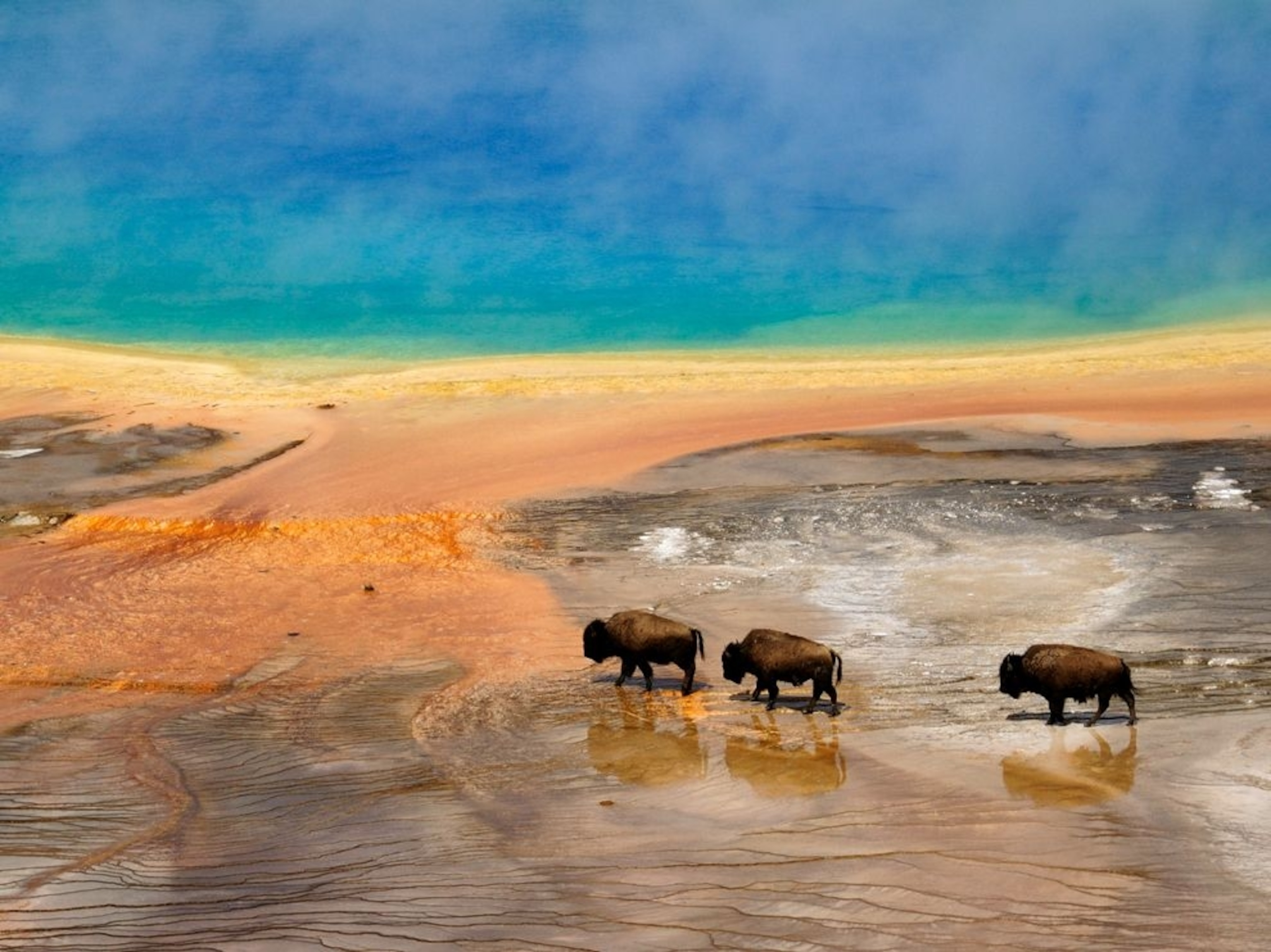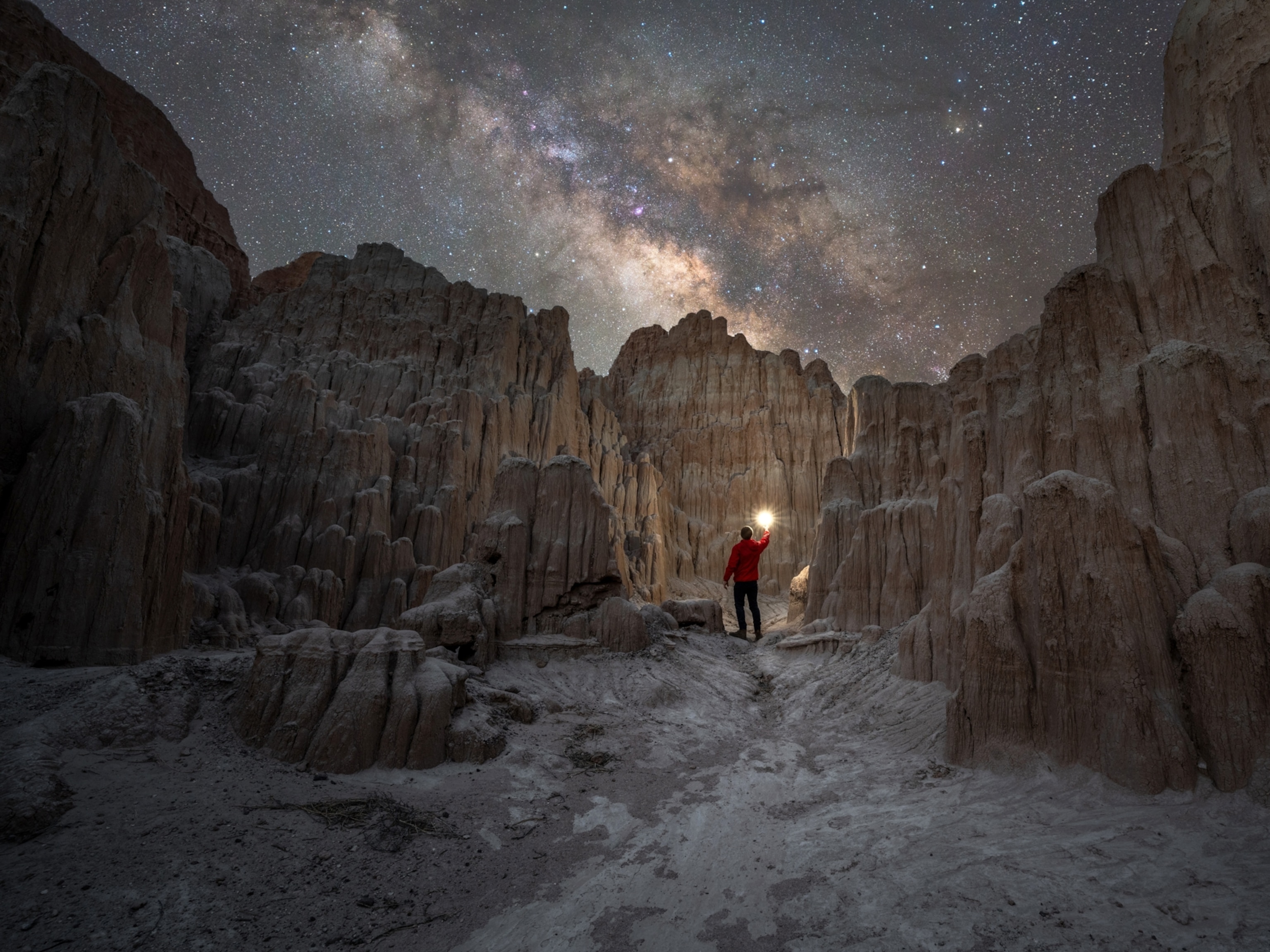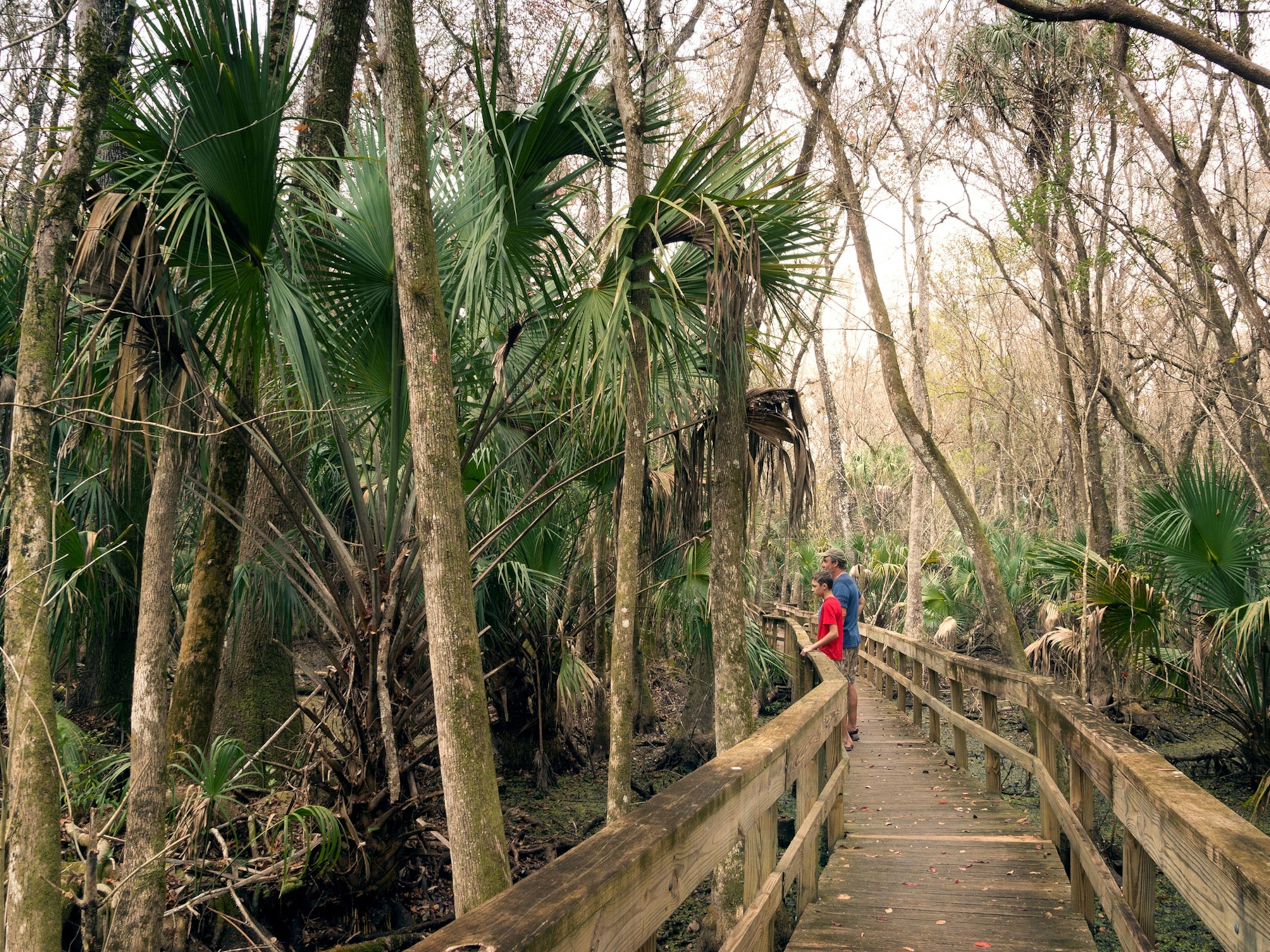
State of the Park: Yellowstone National Park
America’s first national park remains one of the system’s standouts. Yellowstone boasts a classic western landscape populated by North America’s iconic mammals: grizzlies, wolves, bison, elk, antelope, and mountain lion.
The park is vast, but it is finite. “Even in a fairly remote place like Yellowstone we have felt the changes that are going on around the park. They do impact us,” explains Yellowstone spokesman Al Nash.
Nash first visited Yellowstone on a family trip in the early 1960s. “I’ve seen a big change in the amount of development that surrounds Yellowstone,” he says. “Our growing challenge is the ability to work with an increasing variety of park neighbors so that we all can meet our various needs.”
Controlled Fires
Fire management is one inflammatory issue. Fires are an important part of the park's ecosystem and nature’s cycle of regeneration. But neighbors, understandably, want to see potentially dangerous blazes stamped out as quickly as possible. The balance between managing fires for their resource benefit while posing no threat to people and property is a greater challenge than Yellowstone faced in the past.
Alternative Energy Sources
The park is also a hot spot—quite literally, in the geological sense. Yellowstone is home to an amazing half of the planet’s hydrothermal features, including more than 300 geysers.
As America seeks alternative energy sources, the natural power beneath Yellowstone periodically draws attention.
“Congress passed a law protecting this region from geothermal exploration,” Nash says. “But that doesn’t mean the issue doesn’t get raised on occasion.”
Wildlife Protection
Yellowstone’s animals roamed the area long before the park existed, and they must move through large corridors of natural habitat to breed and feed. In doing so they regularly cross park borders to newly developed lands—where protections may be fewer or even nonexistent.
“Managing wildlife that spends at least a high percentage of its time inside the park, over a variety of jurisdictions and agencies with differing missions, creates the potential for more conflicts,” Nash says.
The park’s bison are a prime example. When the species was nearly hunted to extinction Yellowstone was the sanctuary that saved them. Today many members of the park’s herd, the only U.S. wild population to survive the 19th-century purge, may be slaughtered by state officials when they leave the park’s protection in search of winter forage.
Ironically the animals are killed for fear they will infect local livestock with brucellosis, a disease that the bison first acquired from European cattle before it was eradicated in livestock.
- National Geographic Expeditions
Invasive Species
Yellowstone also has issues with species moving into the park. Those not native to the ecosystem can wreak havoc.
Outbreaks of invasive bark beetles have savaged Yellowstone pine trees, as they have in many western forests, and other non-native species have brought disease into the park. Whirling disease, which is attacking the park’s native cutthroat trout population, is caused by microscopic parasites that render fish unable to feed normally. The ailment originated in Europe, reached Pennsylvania in the 1950s, and somehow wound up in Yellowstone Lake—where native trout are further stressed by introduced lake trout.
Snowmobiles
The park's popularity causes usage conflicts, none more notorious than snowmobiling. The Park Service is currently preparing a long-range plan for use of the park in winter. The decisions made soon on access for snowmobiles or snowcoaches, and even possibly plowing roads, will greatly impact the future park experience for visitors—and for the animals that live there.





